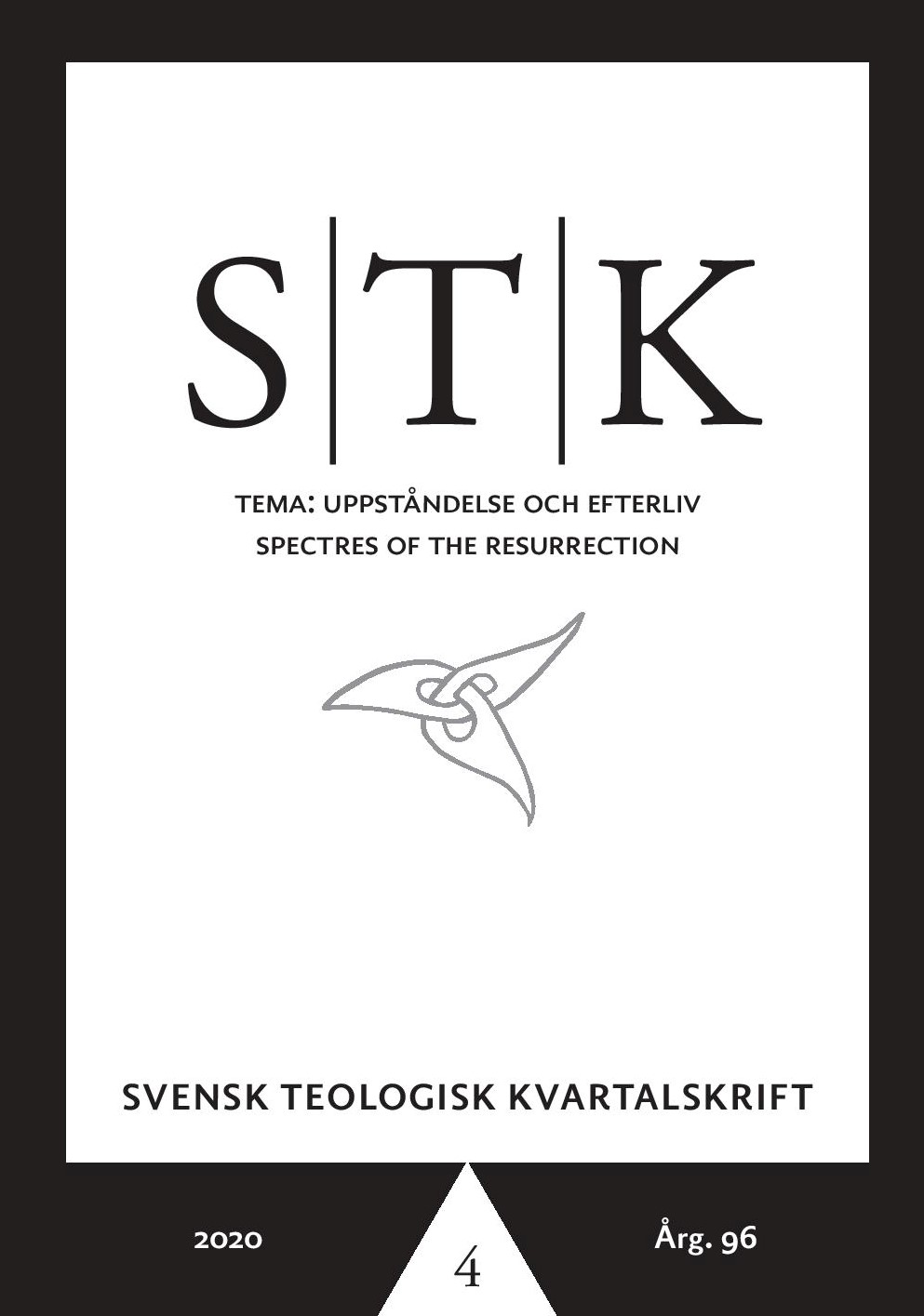Neither God nor Ghost
Rhetorical Spectrality in the Gospel According to Mark
Abstract
In this paper, the Gospel According to Mark is investigated in search for its ghosts and phantoms. In particular, Mk. 6 and the scene of Jesus walking on water, as well as the story about the empty tomb of Jesus in Mk. 16, are considered as haunted sites. However, rather than finding straight forward ghost stories, following Greco-Roman standards of late antiquity, we are confronted by a different sort of spectrality. In this study the activity of ancient scribes are explicitly thought of as ghostwriters, and connected to their intense hovering around Jesus' tomb, which I see as the production of numerous alternatives to the most original Markan ending (codices Sinaiticus and Vaticanus and Mk. 16:1–8.) The ghostwriters' unwillingness of letting Jesus remain among the dead is then theorized from Apuleius' De Deo Socratis and the ancient ghost category "the Larva". Jesus can be treated as a "larval Christ", haunting early Christian writers, which thereby opens up a kind of spectral theology in the Gospel According to Mark. The aforementioned obsession of the ghostwriters with Jesus' death highlights how the nomadic tendency of the Markan Jesus can be seen as having a theological valency, and that Jesus' death is as paradoxical and enigmatic as his life. In the end, Jesus' ghostly activity in the Gospel According to Mark is found in the unwillingness of the larval Christ to be fully present and available for the Markan audience to fixate on as a static identity or clear theological position.
Downloads
Publicerad
Versioner
- 2021-06-28 (2)
- 2020-12-21 (1)
Nummer
Sektion
Licens
Copyright (c) 2020 Joel Kuhlin

Detta verk är licensierat under en Creative Commons Erkännande-Ickekommersiell-IngaBearbetningar 4.0 Internationell-licens.


